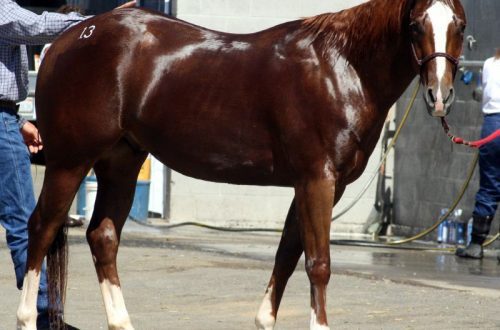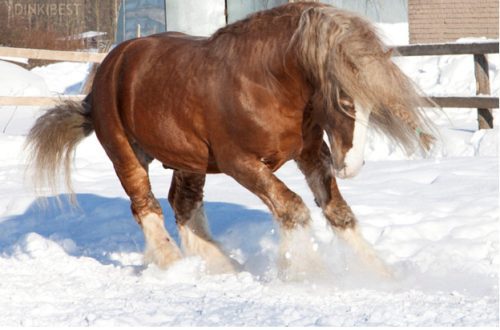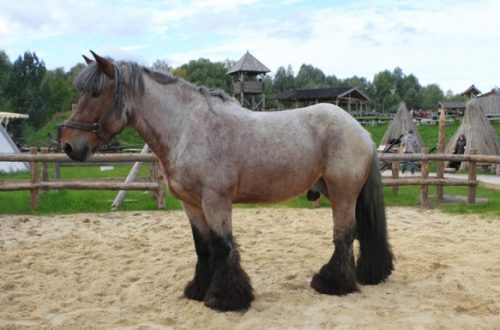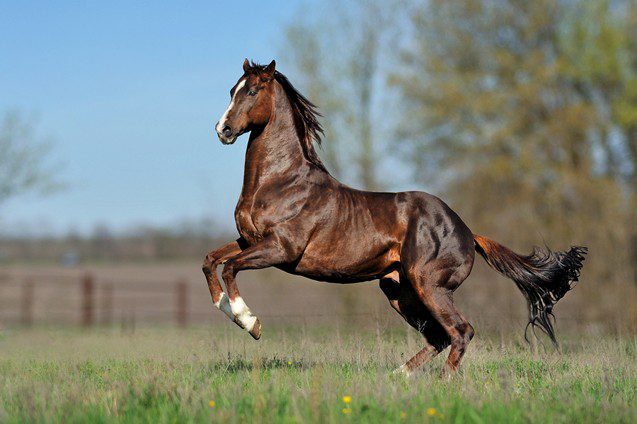
Thoroughbred
Thoroughbred riding horses are one of the three purebred breeds of horses (the Akhal-Teke is also considered a purebred breed). Thoroughbred riding horses were bred in Great Britain.


Initially, they were called “English racing”, as they were used mainly to participate in the races. However, after the geography of breeding thoroughbred riding horses expanded to the whole world, the breed was given a modern name.
Contents
Thoroughbred Horse Breed History
Thoroughbred riding horses did not immediately become Thoroughbreds. Technically, this is the result of crossing English mares with stallions from the East. The result of selection work was a horse, which many consider the crown of world horse breeding. And for a long time, the blood of other breeds has not been added to thoroughbred riding horses – moreover, these horses are used to improve many other breeds, which is why it has received the right to be considered a thoroughbred. In the 18th century Great Britain was one of the leading world powers, including militarily. And the army needed fast horses. And at the same time, horse breeders began to import elite horses from Spain, France, the Middle East and North Africa. Hunting and racing brought out the most frisky horses, and in the middle of the 18th century, Great Britain could boast of an excellent livestock of riding horses. 3 stallions are considered the ancestors of thoroughbred riding horses: Darley Arabian and Bayerley Turk. It is believed that the first two were Arabian stallions, and the third came from Turkey. All thoroughbred riding horses in the world go back to three ancestors: bay Matcham (born 1748), Herod (born 1758) and red Eclipse (1764 .r.) It is their descendants that can be entered in the stud book. The blood of other horses does not flow. The breed was bred in accordance with one criterion – speed during the races. This made it possible to breed a breed that is still considered the most frisky in the world.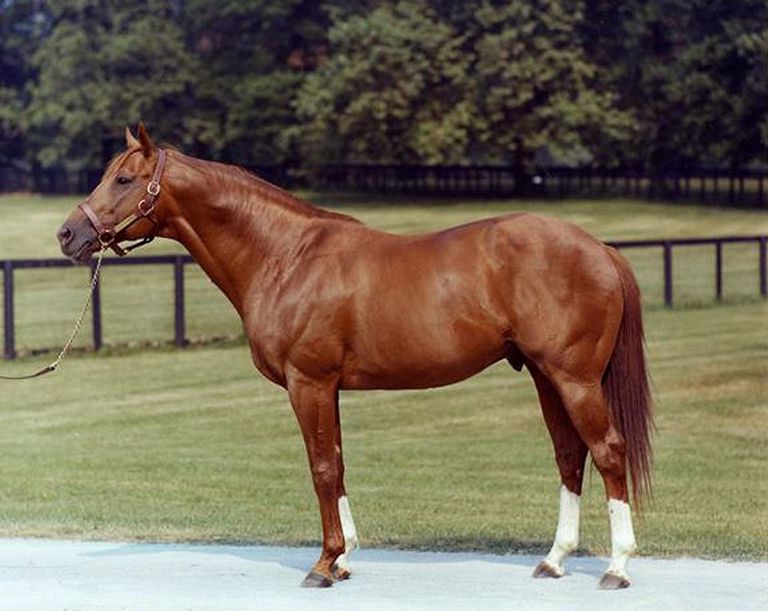



Description of the Thoroughbred Riding Horse
Breeders have never pursued the beauty of thoroughbred riding horses. Agility was much more important. Therefore, thoroughbred riding horses are different: both quite powerful and dry and light. However, a distinctive feature of any of them is a strong constitution. Thoroughbred riding horses can be either small in stature (from 155 cm at the withers) or rather large (up to 170 cm at the withers). The head is dry, light, noble, straight profile. But sometimes there are horses with a large, rough head. The eyes are large, bulging, expressive and intelligent. The nostrils are thin, wide, easily dilated. The back of the head is long. The neck is straight, thin. The withers are high, more developed than those of horses of other breeds. Sleep straight. The croup is long and straight. The chest is long and deep. The limbs are medium in length (sometimes long) with powerful leverage. Sometimes there is a kozinets, a clubfoot or a spread of the front legs. The coat is short, thin. The bangs are sparse, the mane is short, the brushes are poorly developed or absent. The tail is rather sparse, rarely reaches the hock joint. White markings on the legs and head are allowed.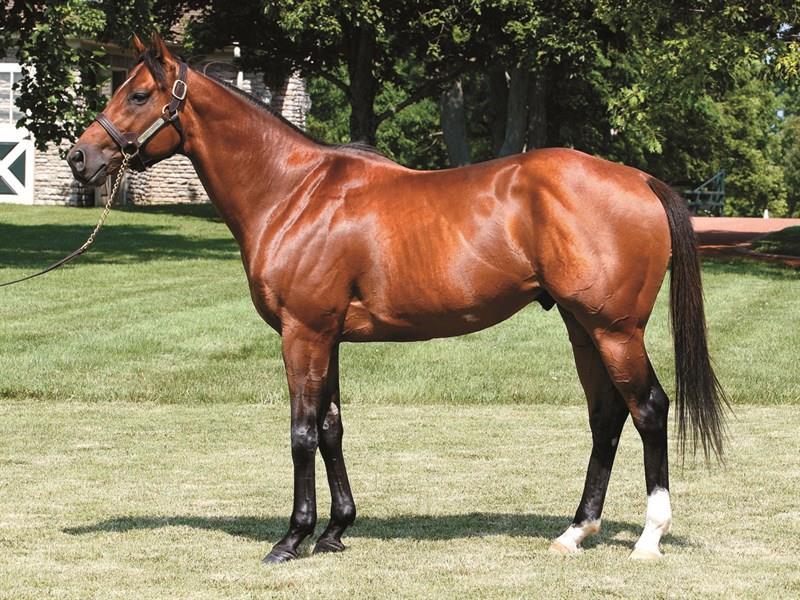



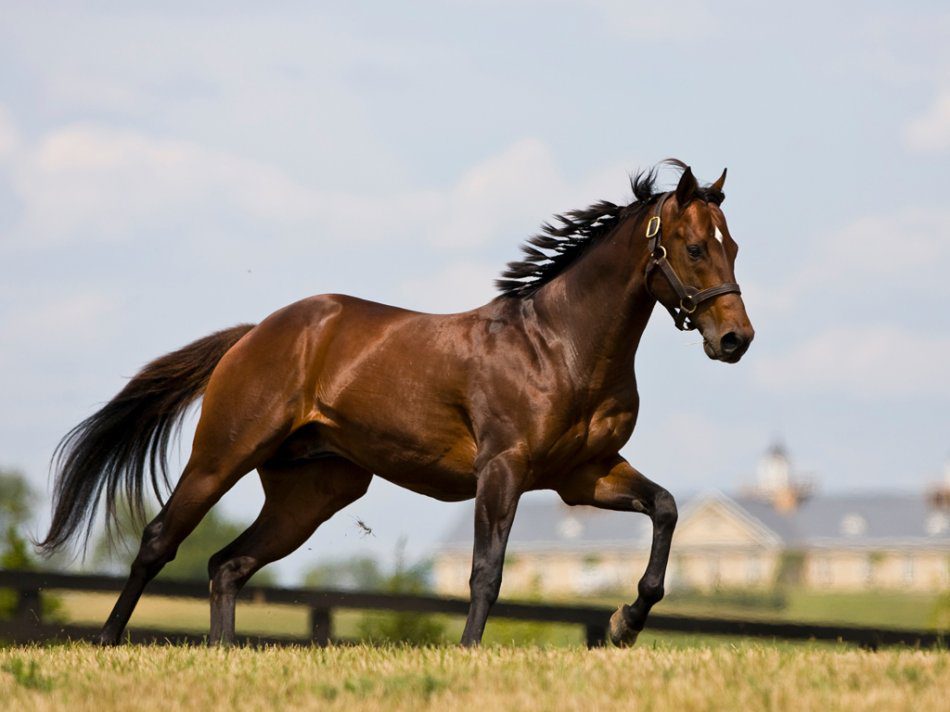



Use of thoroughbred riding horses
The main purpose of thoroughbred riding horses was racing: smooth and barrier (crosses, steeple chases), as well as hunting.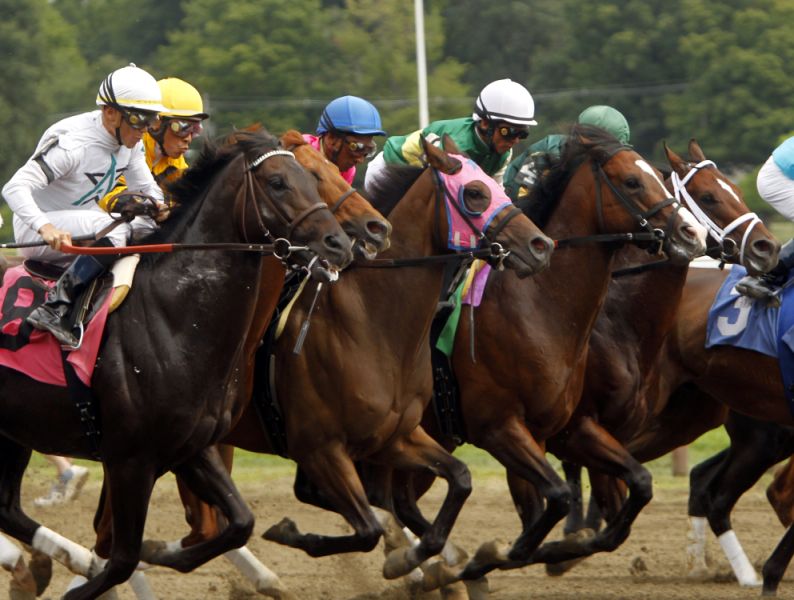



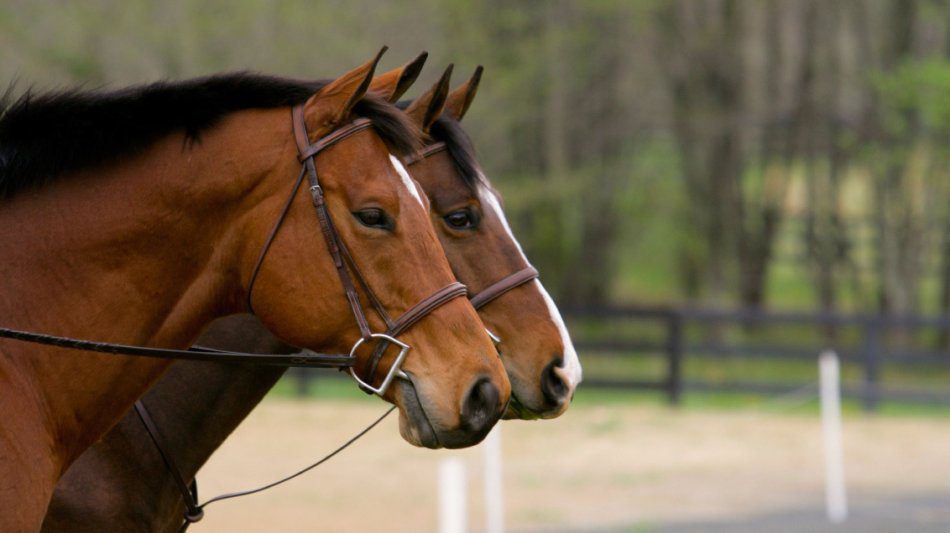



Famous thoroughbred riding horses
One of the best thoroughbred riding horses was Eclipse – a rather unsightly outwardly stallion, which, however, entered the proverb: “Eclipse is the first, the others are nowhere.” Eclipse has been racing for 23 years and has never lost. He won the King’s Cup 11 times. An autopsy revealed that Eclipse’s heart was larger than the hearts of other horses – it weighed 6,3 kg (normal weight – 5 kg).
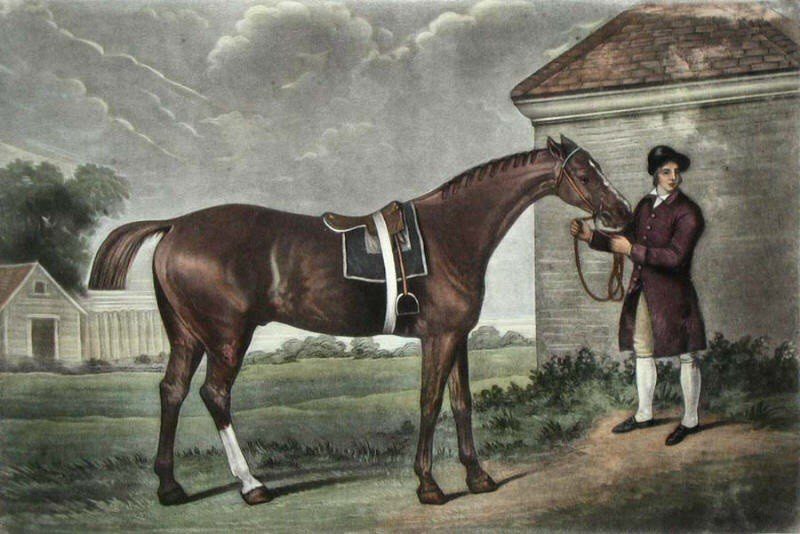



The absolute speed record belongs to a thoroughbred riding stallion named Beach Rackit. In Mexico City, at a distance of 409,26 m (a quarter mile), he reached a speed of 69,69 km / h. The most expensive horse in the world is a thoroughbred stallion Sheriff Dancer. In 1983, Sheikh Mohammed bin Rashid al-Maktoum paid $40 for this horse. There is a monument “Horse and Sparrow” on the Komarovsky market in Minsk. The muse for the sculptor Vladimir Zhbanov was a thoroughbred riding mare Expertise from the Republican Center for Equestrian Sports and Horse Breeding Ratomka. Alas, the fate of the Examination is tragic. Work on the monument was completed on Sunday, and on Monday the horse was sent to the meatpacking plant. However, this is the fate of most sports horses in Belarus.
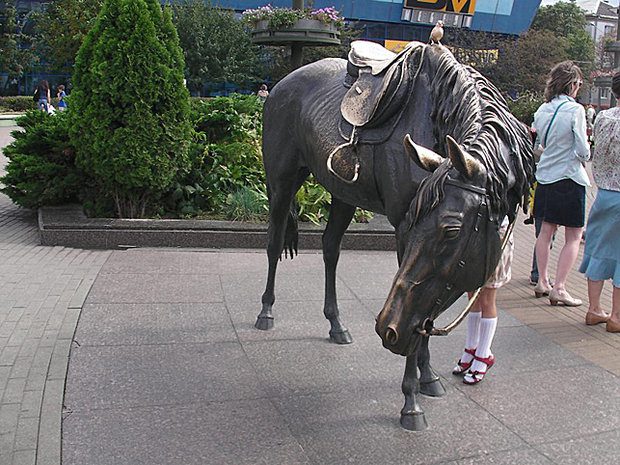



In the photo: The monument “Horse and Sparrow” on the Komarovsky market in MinskSet around the world of racing and thoroughbred riding horses, the thrilling detective stories of former jockey Dick Francis unfold.
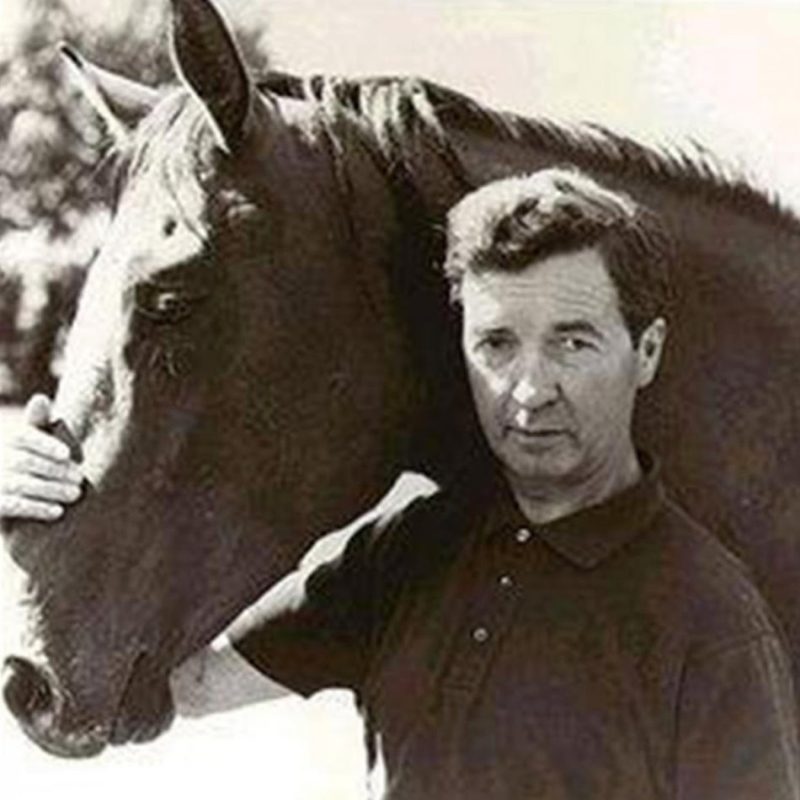



Pictured: Famed mystery writer and former jockey Dick Francis Based on a true story, Ruffian tells the story of a legendary Thoroughbred black horse who won 10 out of 11 races and set a speed record (1 minute 9 seconds). However, the last, 11th jump on July 7, 1975 cost her her life. Rezvaya lived only 3 years.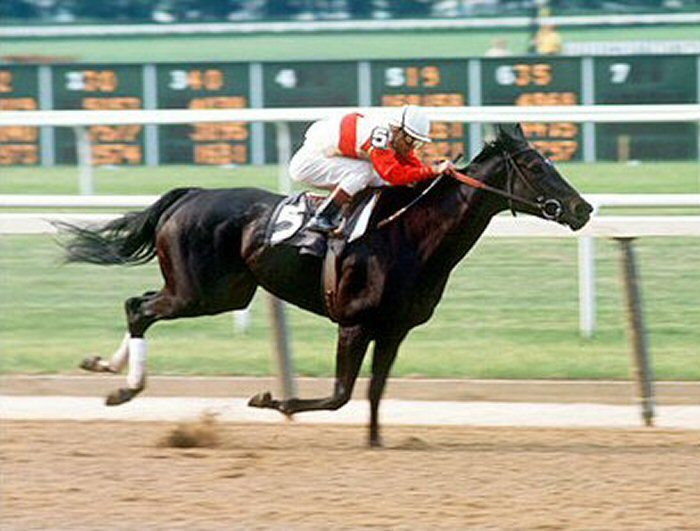



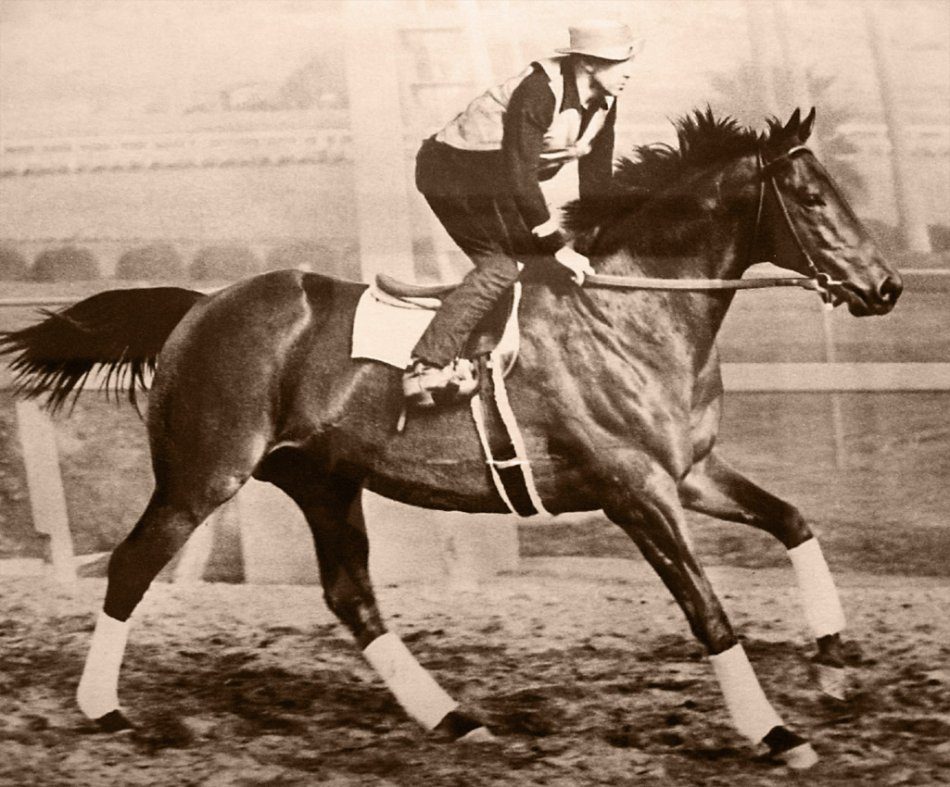



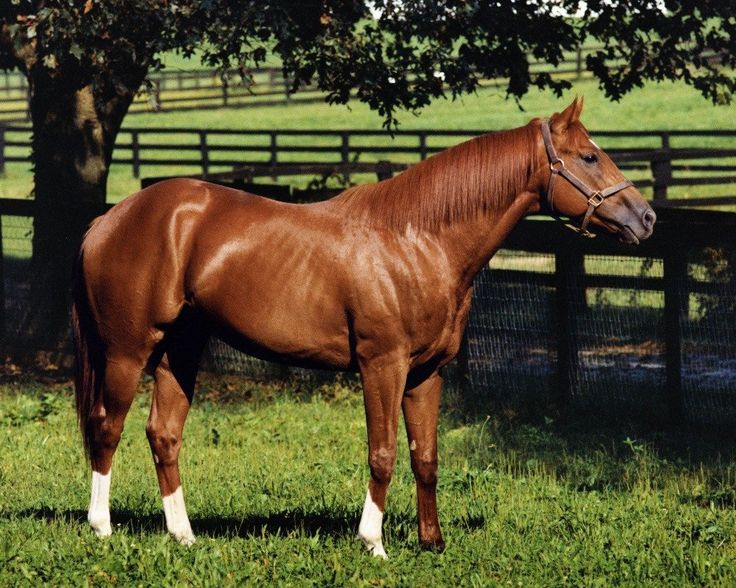



In the photo: The famous Thoroughbred Secretariat
Read also:





